Les Avantages de Boire du Thé en Automne : Chaleur, Confort et Bienfaits
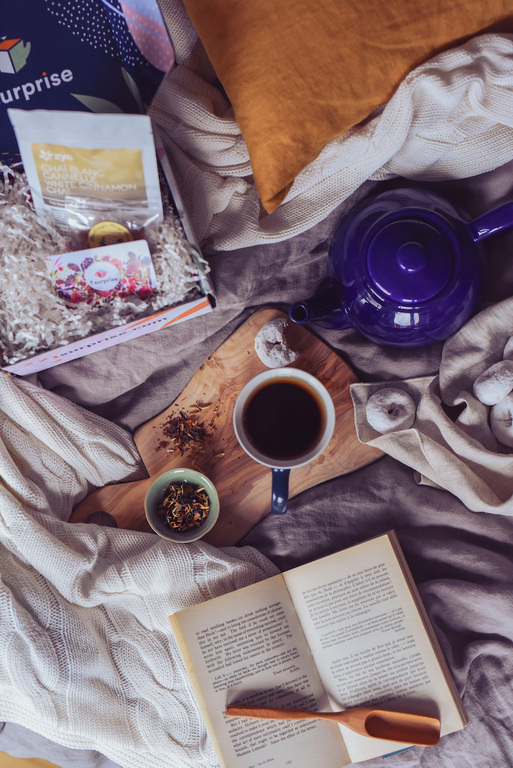 Les bienfaits du thés
Les bienfaits du thés
Lorsque les feuilles commencent à changer de couleur et que l'air se rafraîchit, il n'y a rien de tel que de se blottir avec une tasse de thé fumante. L'automne est la saison parfaite pour explorer les merveilles du monde du thé, et les avantages vont bien au-delà de la simple chaleur. Découvrez pourquoi boire du thé en automne est une tradition chaleureuse et bénéfique.
1. Réchauffement Confortable
L'automne amène des journées plus fraîches, mais le thé offre une chaleur réconfortante. Rien de tel qu'une tasse de thé chaud pour se réchauffer après une promenade automnale ou pour se détendre près de la cheminée.
2. Boost d'Énergie Naturel
Besoin d'un petit coup de pouce pour rester actif pendant la saison automnale ? Le thé contient de la caféine naturelle qui peut vous donner un coup de fouet sans les effets négatifs du café. Le thé vert, par exemple, est une excellente option pour rester énergique et concentré.
3. Immunité Renforcée
Le changement de saison peut affaiblir notre système immunitaire, mais le thé est riche en antioxydants, en particulier les catéchines dans le thé vert, qui peuvent aider à renforcer vos défenses naturelles. Un bon moyen de rester en forme pendant l'automne.
4. Digestion Apaisée
L'automne est également la saison des repas copieux. Le thé, en particulier les tisanes à base de plantes comme la menthe poivrée, peut favoriser une digestion apaisée et soulager les inconforts gastro-intestinaux.
5. Moments de Détente
Le thé offre plus que des bienfaits physiques. Il peut aussi créer des moments de détente. Prendre le temps de savourer une tasse de thé peut être une occasion de méditer, de lire un bon livre ou de se reconnecter avec soi-même.
6. Variété de Saveurs
L'automne est la saison des récoltes, et de nombreuses saveurs d'automne se retrouvent dans le thé. Des thés aux épices aux mélanges de citrouille, il y en a pour tous les goûts. Explorez de nouvelles saveurs et découvrez celles qui vous réchauffent le cœur.
7. Une Tradition Chaleureuse
Enfin, boire du thé en automne est une tradition chaleureuse qui crée une ambiance spéciale. Que ce soit en solo, en famille ou entre amis, partager une tasse de thé est un moment précieux à savourer.
En résumé, le thé est bien plus qu'une simple boisson. C'est une tradition apaisante, une source de chaleur et de bien-être, ainsi qu'un moyen de prendre soin de votre santé pendant la saison automnale. Alors, préparez votre thé préféré, enroulez-vous dans une couverture douillette et profitez de tous les avantages qu'il a à offrir.
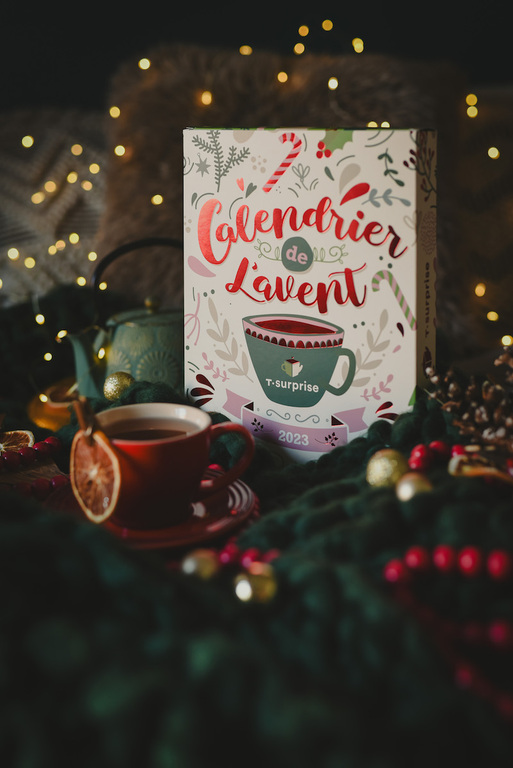 Calendrier de l'Avent 2023
Calendrier de l'Avent 2023
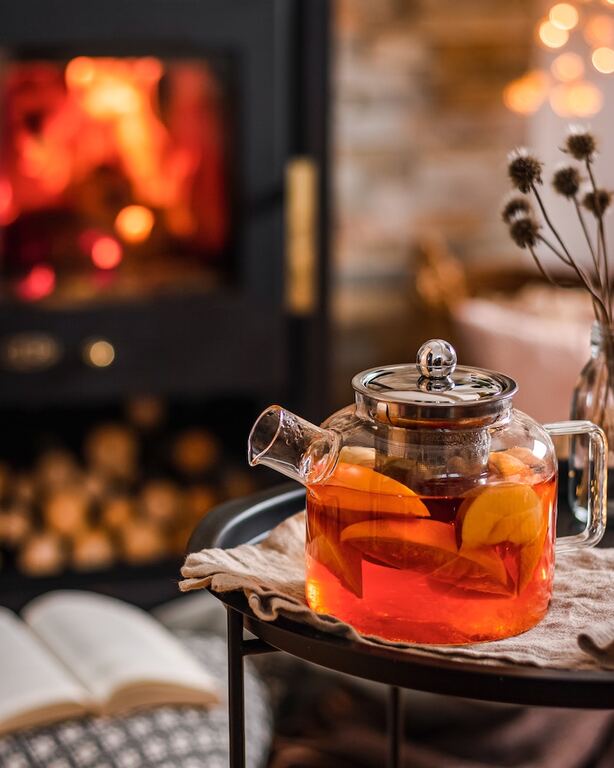 Recette de thé automnale
Recette de thé automnale
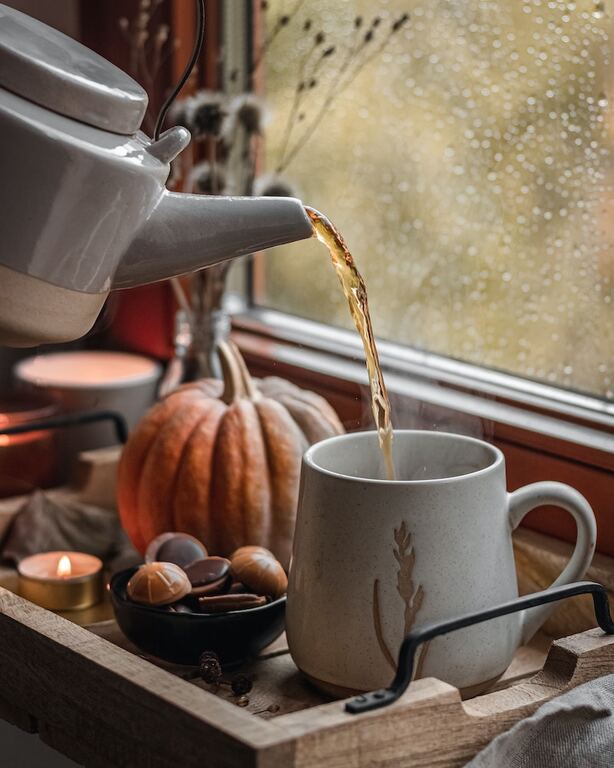
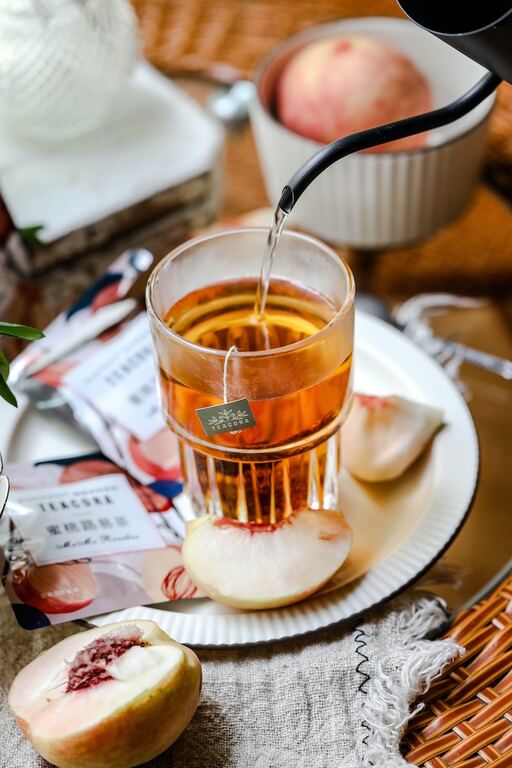 Thé à la pêche
Thé à la pêche